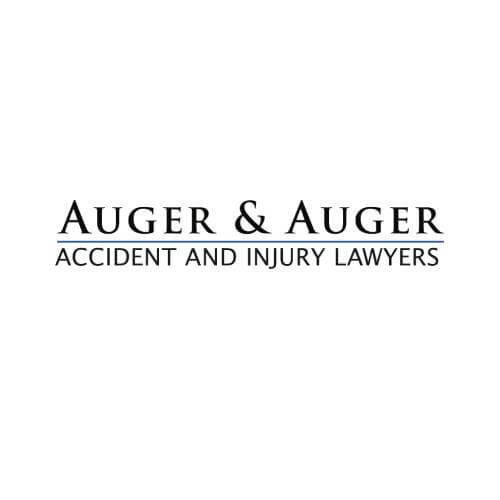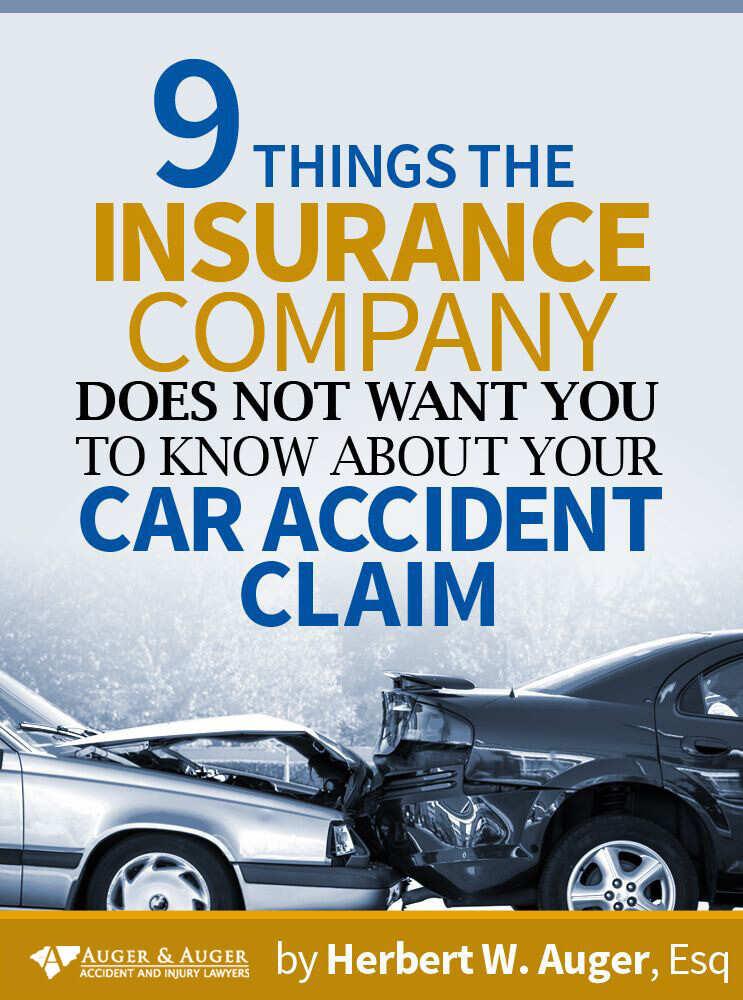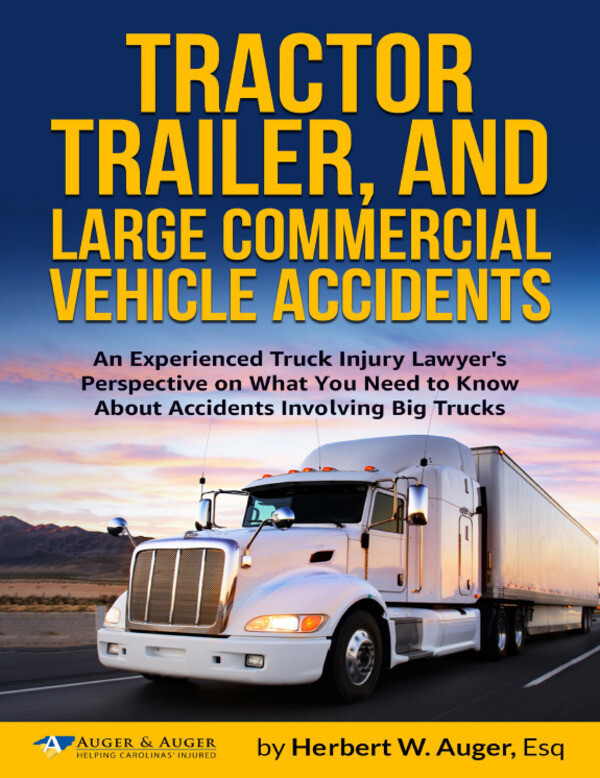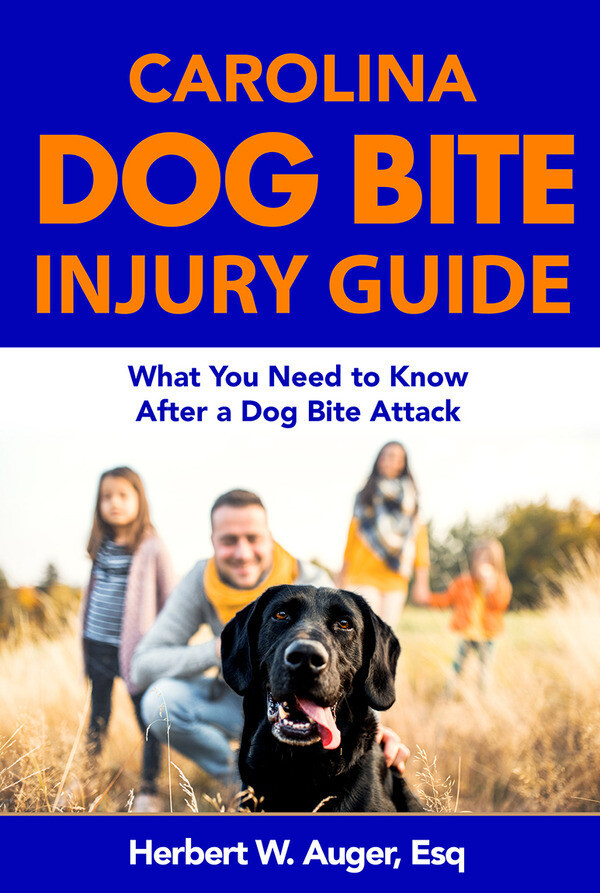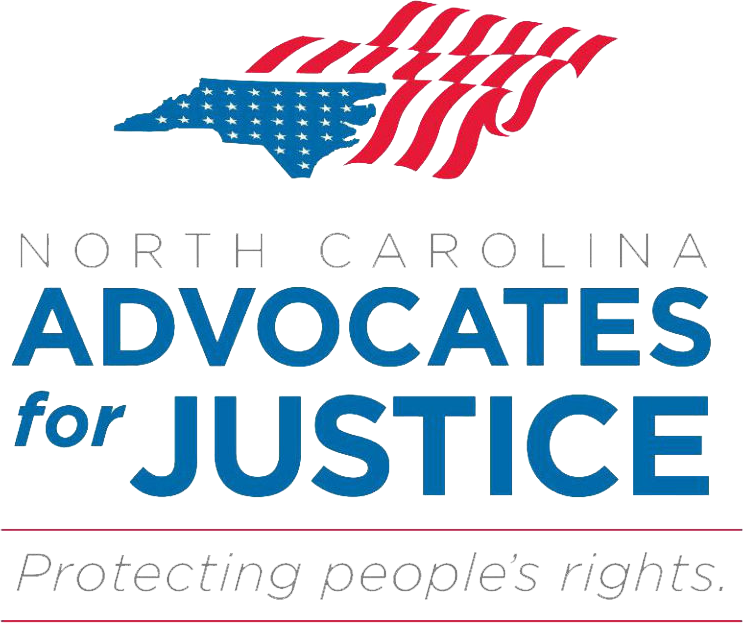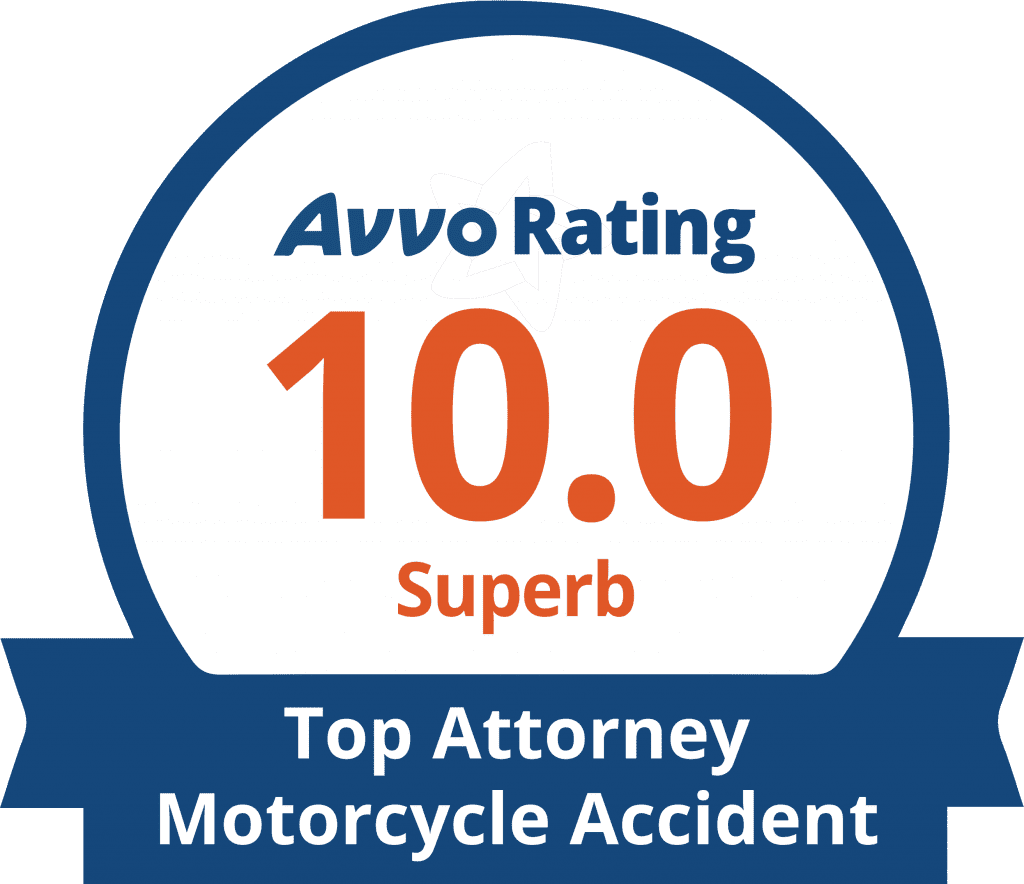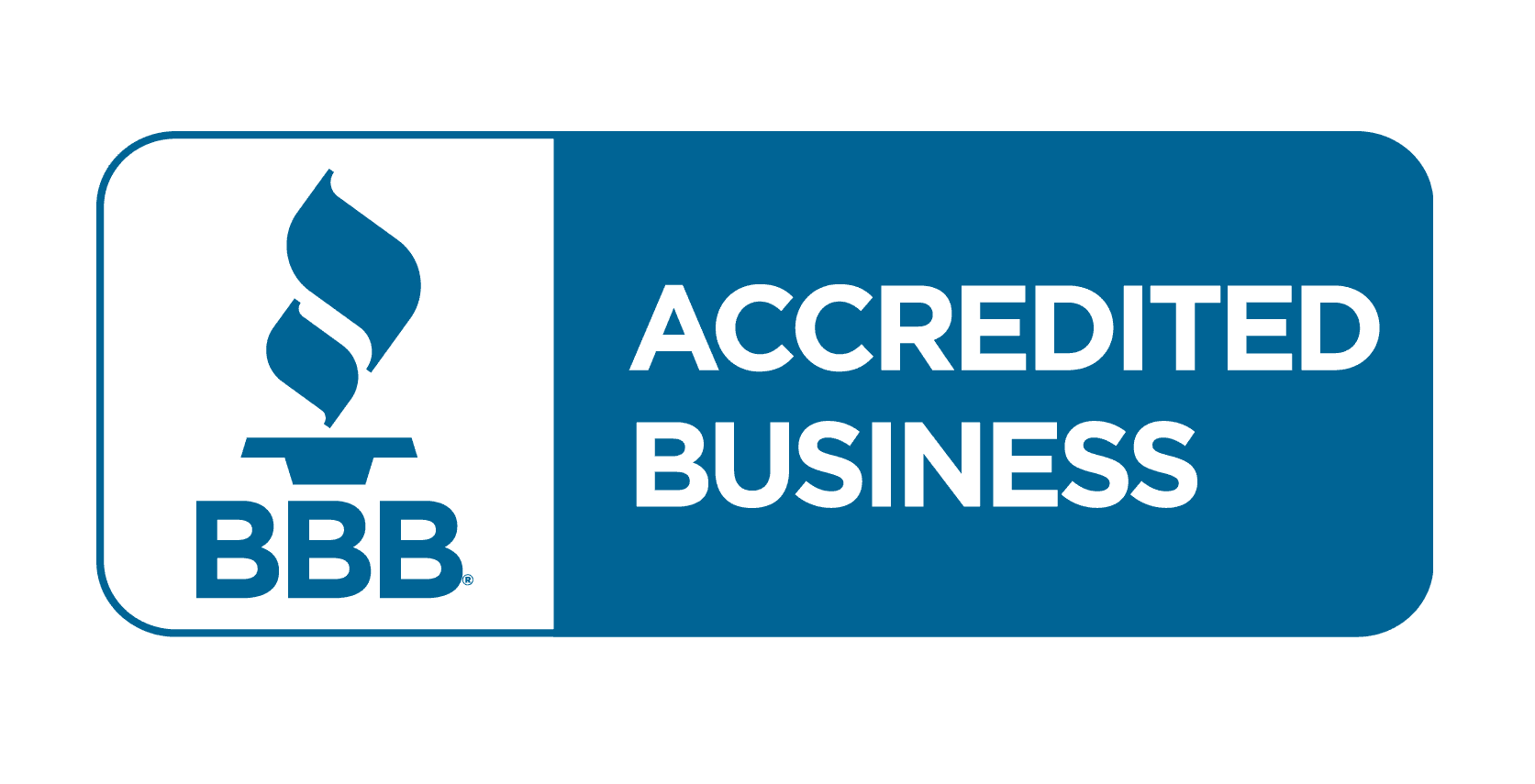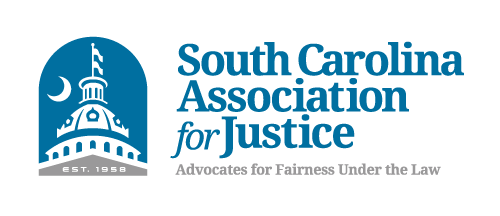Truck blind spot accidents are among the most dangerous collisions on North Carolina’s roads. Due to the sheer size and length of commercial trucks, their blind spots—often called “no-zones”—are significantly larger than those of standard passenger vehicles. When truck drivers fail to properly check these areas before changing lanes or making turns, the consequences can be devastating, leading to severe injuries or fatalities.
Unlike typical car accidents, truck blind spot collisions often involve multiple parties, including the truck driver, the trucking company, and even equipment manufacturers.
Determining liability requires a thorough investigation and a strong legal strategy to ensure victims receive the compensation they deserve. It’s important to note that under North Carolina’s 1% contributory negligence rule, even a slight degree of fault on the part of the injured party could bar them from recovering damages.
Because of this strict legal standard, building a compelling case is essential to proving the truck driver’s or another party’s full responsibility.
This guide will cover the dangers of truck blind spots, the importance of legal representation, the types of compensation available, how liability is determined, and the steps you should take after an accident to protect your rights.
The Dangers of Truck Blind Spots
Commercial trucks have significantly larger blind spots—also known as “no-zones”—than passenger vehicles, creating dangerous areas where other drivers, motorcyclists, and pedestrians may become virtually invisible to the truck driver.
Unlike standard cars, where blind spots are smaller and can often be eliminated with quick mirror checks or shoulder glances, large trucks require more advanced monitoring techniques to avoid collisions.
Where Are a Truck’s Blind Spots?
Truck blind spots are most prominent in four key areas:
- Along both sides of the truck, especially the right side, where visibility is extremely limited.
- Directly behind the trailer, where a truck driver cannot see vehicles following too closely.
- Directly in front of the cab, where smaller vehicles may disappear from the driver’s view due to the truck’s height.
- Near the truck’s rear wheels, particularly when the truck is making a wide turn.
Because of these extensive blind spots, truck drivers must rely on properly adjusted mirrors, camera systems, and defensive driving techniques to monitor surrounding traffic.
However, even a momentary lapse in judgment—such as failing to check mirrors before changing lanes or miscalculating a turn—can result in catastrophic accidents.
When a smaller vehicle, motorcycle, or pedestrian enters a truck’s no-zone, they are at extreme risk. If the driver does not see them and makes a sudden maneuver, the result can be a devastating side-swipe collision, a rear-end crash, or even a rollover accident.
Given the size and weight of commercial trucks, these accidents often lead to severe injuries or fatalities, making awareness of blind spots crucial for both truck drivers and other motorists.
Why You Need Legal Representation
Truck accident cases, especially those involving blind spots, are among the most challenging to navigate. The involvement of multiple parties—truck drivers, trucking companies, maintenance providers, and equipment manufacturers—makes determining liability a complicated process.
In addition, aggressive insurance companies often try to minimize the payout or shift blame onto the victim, creating further obstacles for those seeking justice.
Challenges in Proving Liability
Proving fault in a truck blind spot accident requires more than just collecting evidence; it requires expertise. Unlike typical car accidents, where liability is usually clear, truck accidents often involve factors like driver fatigue, improper maintenance, or faulty equipment. For example, a truck’s mirrors may have been improperly adjusted or defective, or the driver may have been distracted by a mobile device or GPS.
Accident reconstruction experts and industry specialists are critical to accurately assessing how the crash occurred and identifying all responsible parties.
These professionals use advanced tools and techniques to recreate the accident, providing invaluable insight into whether the driver, the trucking company, or other factors played a role in the collision.
Determining Liability in a Blind Spot Truck Accident
Liability in a truck blind spot accident can be difficult, as multiple parties may share responsibility for the crash. Understanding where negligence occurred is crucial in securing the right compensation for victims.
Truck Driver Negligence
One of the most common causes of truck blind spot accidents is driver negligence. This can take several forms, including:
- Failure to check mirrors before changing lanes or making turns, leading to collisions with vehicles, motorcycles, or pedestrians in the blind spot.
- Unsafe lane changes or wide turns that fail to account for vehicles or people in the truck’s no-zones.
- Tailgating, where the truck driver follows too closely behind other vehicles, increasing the risk of rear-end accidents when the driver cannot see what’s ahead.
Additional Contributing Factors
Aside from driver error, other factors may contribute to the accident, including:
- Poorly adjusted or defective mirrors, which can severely limit the driver’s ability to see vehicles in their blind spots.
- Driver inexperience, as new or improperly trained truck drivers may fail to use defensive driving techniques or understand the size of their vehicle’s blind spots.
- Distracted driving, such as using a phone, GPS, or other devices, can cause a truck driver to lose focus and overlook vehicles in their no-zones.
Shared Liability
In many cases, liability extends beyond the truck driver to other parties, such as the trucking company. If the company failed to:
- Properly train drivers on blind spot awareness and safe driving techniques,
- Maintain equipment, including mirrors, cameras, and other visibility aids,
they may share responsibility for the accident.
Role of Defective Equipment
Defective equipment, such as malfunctioning mirrors or camera systems, can also play a critical role in a blind spot accident. In these cases, manufacturers or maintenance providers may be held accountable for providing faulty equipment or failing to properly maintain it.
Compensation Available for Victims
Victims of truck blind spot accidents may be entitled to significant compensation to cover the physical, emotional, and financial impact of the crash. The types of compensation available depend on the severity of the injuries and the circumstances surrounding the accident.
Economic Damages
Economic damages are intended to compensate for the measurable financial losses that victims incur as a result of the accident, including:
- Medical expenses, which may include hospital stays, surgeries, medications, rehabilitation, and ongoing medical care.
- Lost wages for time missed from work due to injury recovery or permanent disability.
- Property damage to repair or replace vehicles and other personal property damaged in the accident.
These damages are crucial to ensure that victims are not left burdened with costs that arise directly from the accident.
Non-Economic Damages
Non-economic damages compensate for the more subjective effects of the accident, such as:
- Pain and suffering caused by physical injury, ongoing pain, and limitations in mobility.
- Emotional trauma, including anxiety, depression, and post-traumatic stress disorder (PTSD) resulting from the accident and its aftermath.
Although harder to quantify, non-economic damages are essential to address the full scope of the victim’s experience and recovery.
Punitive Damages
In cases where the defendant’s actions were especially reckless or grossly negligent, punitive damages may also be awarded. These damages are designed to punish the wrongdoer for their conduct and deter similar behavior in the future.
For example, if a truck driver was driving under the influence or if the trucking company ignored critical safety protocols, punitive damages might be pursued in addition to compensatory damages.
Maximizing Compensation
It’s important to seek compensation that reflects both the immediate and long–term consequences of the accident. Severe injuries can result in ongoing medical treatment, lost future earnings, and a reduced quality of life, which must be factored into the overall compensation.
An experienced attorney will work to ensure that all damages—both economic and non-economic—are thoroughly accounted for, helping victims receive the maximum compensation available to cover their needs now and into the future.
What to Do After a Truck Blind Spot Accident
After a truck blind spot accident, it’s important to take immediate steps to protect your rights and ensure you are properly compensated. Here’s what to do:
- Seek medical attention, even if your injuries seem minor at first. Some injuries, like whiplash or concussions, may not be immediately apparent.
- Call law enforcement and request an official accident report. This report will serve as an important document for your case.
- Take photos of the accident scene, vehicle damage, and any visible injuries. These photos can be vital evidence when proving the severity of the accident.
- Collect contact information from witnesses who saw the accident happen. Witness testimony can help confirm the details of the collision.
- Avoid discussing fault with anyone at the scene or making statements to insurance companies. Insurance adjusters may attempt to use your words against you, so it’s important to speak with a legal professional first.
- Contact an experienced truck accident attorney as soon as possible. They can guide you through the legal process and help protect your interests from the start.
Contact Auger and Auger for a Free Consultation
At Auger and Auger, we understand the difficulties you face after a truck blind spot accident, and we’re here to help. With our A&A Zero Fee Guarantee, you won’t pay anything unless we win your case. We believe that victims shouldn’t have to deal with the financial strain of medical bills, lost income, and emotional distress alone.
Take action today by scheduling a free, no–obligation consultation with our team. Let us put our over 30 years of experience to work for you and fight for the justice and compensation you deserve.

